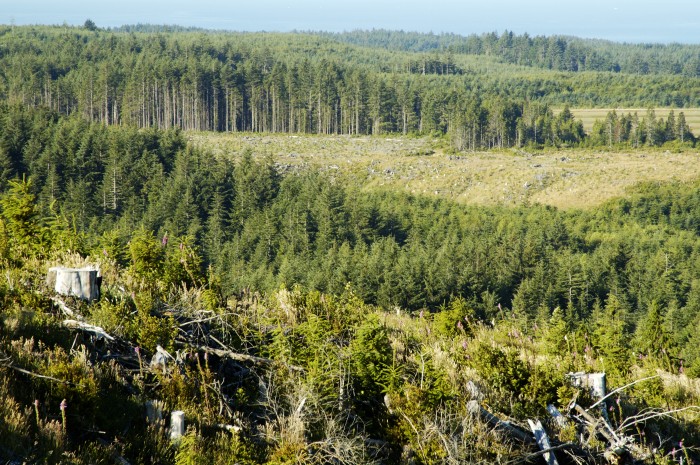What’s the value of a renewable resource?
Well, if the resource is managed in a sustainable manner, a renewable resource is incredibly valuable. Simply imagining future potential in relation to historical context can demonstrate this statement nicely.
Let’s transport ourselves through time, hundreds of years in the past. Better, let’s travel thousands of years in the past. Let’s travel an arbitrary three thousand years into history.
Three thousand years ago trees and forests were extremely valuable to humans. Trees provided shelter and construction materials. Wood could be manufactured to create basic tools. Wood was used as a fuel source for heating. As a means of transportation, wood was used to construct boats. Finally, for artistic and spiritual purposes, wood was used to make sculptures.
Fast forward to the 20th century and we can begin to think about some of the novel products that were being manufactured from wood. Rayon and cellophane were invented. Societies now had a wide range of instruments made from wood. Paper was becoming a commonplace item. Sports equipment was being made from wood, from skis to bats, basketball courts to hockey sticks. Consumables like artificial vanilla and lipstick now contained wood.
Today, scientists are coming up with really advanced supermaterials derived from wood. A quick search into nanocellulose reveals a product that has a strength-to-weight ratio eight times higher than steel. Nanocellulose derived materials will be used to make batteries, filters, fuels, and maybe even human organs. 
To wrap up, it is important to realize that the resource has not changed. The trees growing today are nearly identical to the trees growing thousands of years ago. What has changed is our ability to use the same resource in a different manner.
So, what’s the value of a renewable resource? Well, the sky is the limit. So long as we ensure the forests growing today are available for future generations, you can pretty well bet on incredible forest products.
